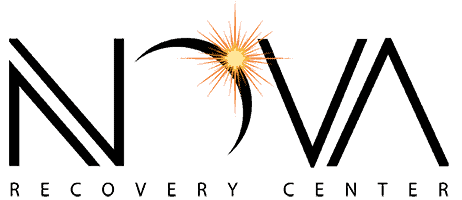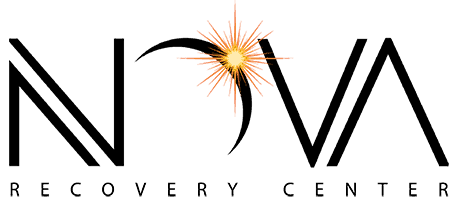Clonidine Withdrawal Symptoms and Addiction Treatment
GET HELP TODAY!
100% Confidentiality Guaranteed
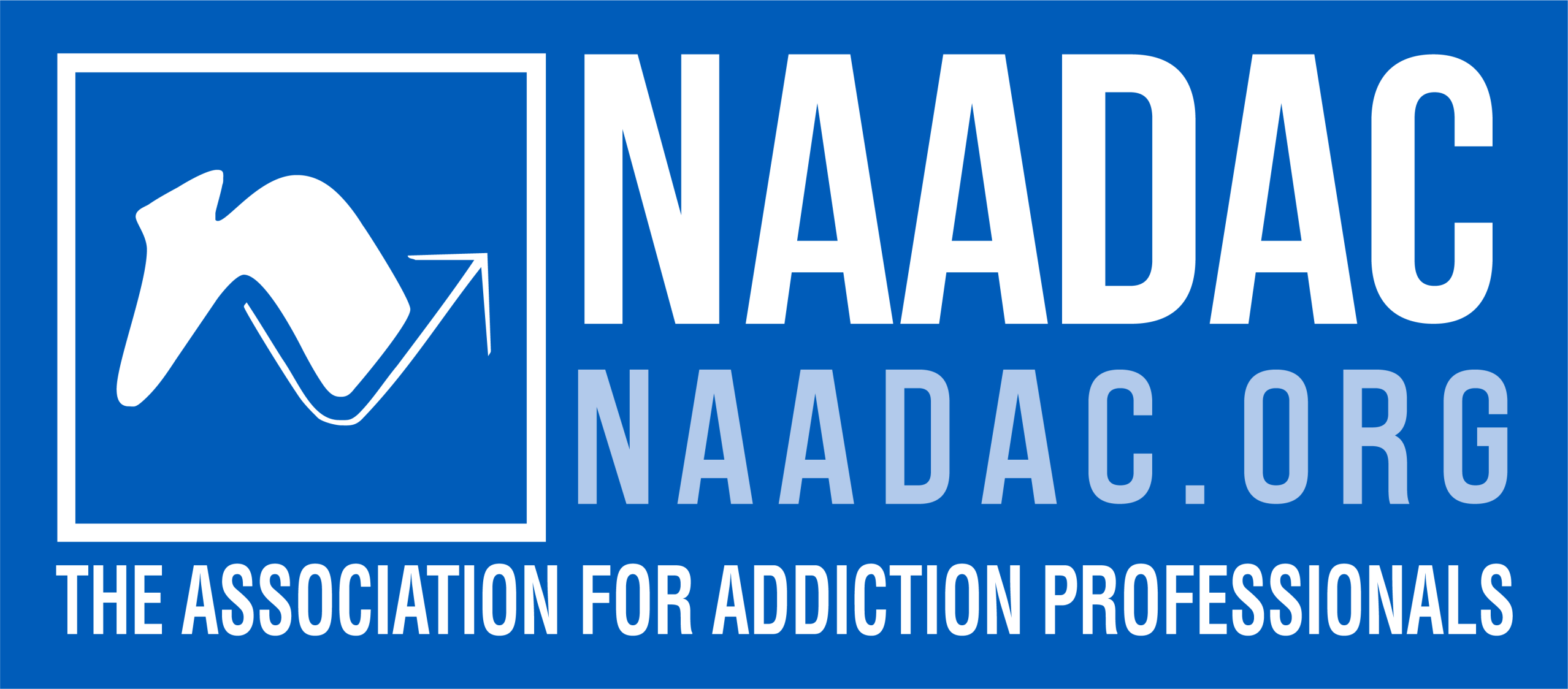
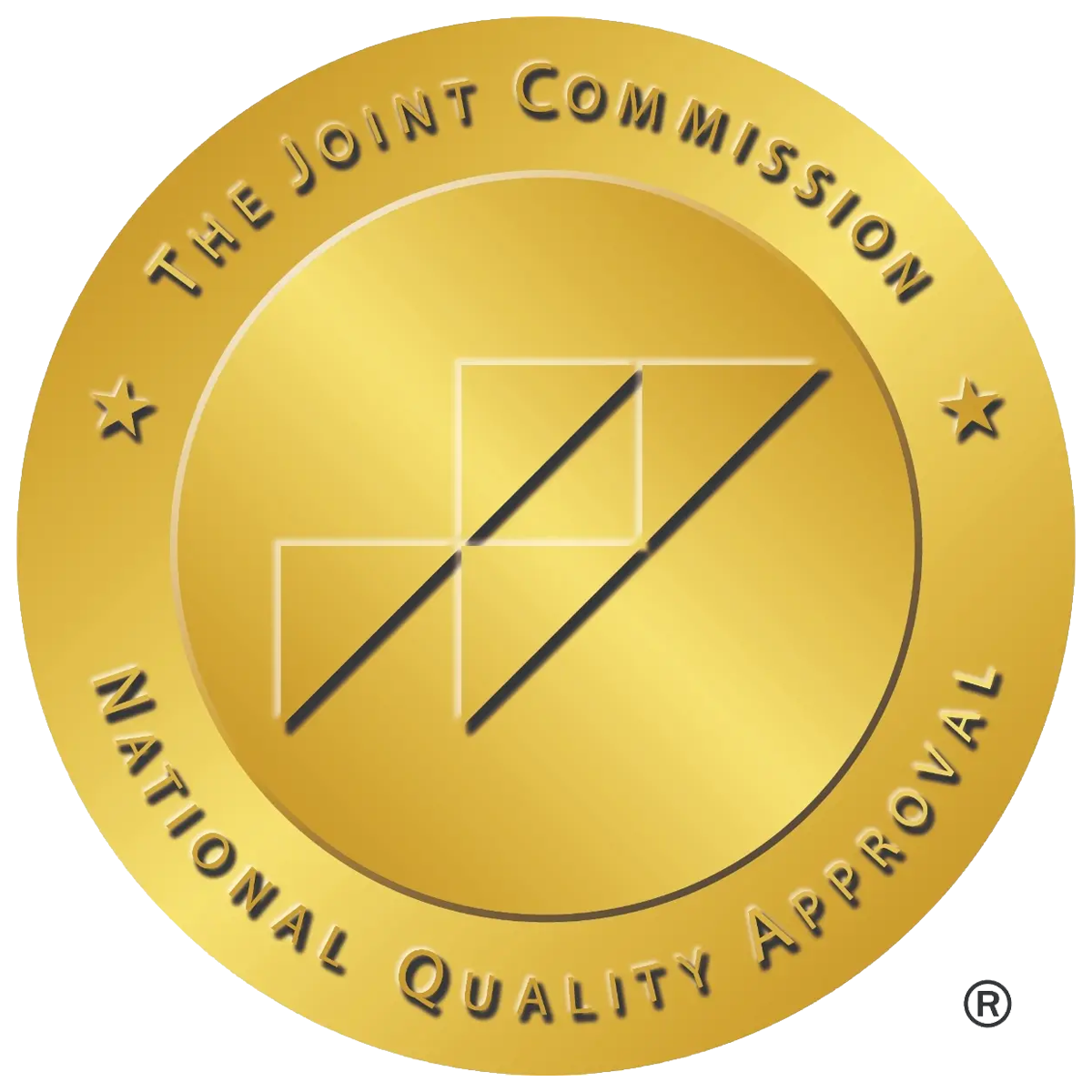
Clonidine at a Glance: Uses, Risks, and Detox Considerations
What Clonidine Is & Its Uses
A prescription medication primarily for treating high blood pressure, also used for ADHD, anxiety, Tourette’s, and menstrual cramps. In detox, it helps manage opioid withdrawal symptoms such as sweating, hot flashes, and anxiety.Administration Methods
Delivered as oral tablets or transdermal skin patches, typically administered several times a day during the early stages of detox.Safety Considerations & Side Effects
Common side effects include constipation, dizziness, and nausea. Due to these risks, clonidine is often used in inpatient rehab settings to allow for appropriate medical supervision.Addiction & Misuse Potential
While clonidine is less addictive than opioids or benzodiazepines, psychological dependence can still occur. Misuse—especially combined with substances like alcohol or opioids—raises the risk of irregular heartbeat, drowsiness, or overdose.Withdrawal & Medical Detox Importance
Abruptly stopping clonidine can result in withdrawal symptoms including anxiety, depression, nausea, high blood pressure, headaches, tremors, and insomnia—typically starting about 12 hours after the last dose and lasting 1–7 days. Medical detox is crucial to manage these safely.
Table of Contents
What is Clonidine?
Clonidine is a prescription medication used mainly to treat high blood pressure. It’s also prescribed for other health conditions like ADHD, anxiety, Tourette’s syndrome, and menstrual cramps. Clonidine is sold under brand names such as Catapres, Kapvay, and Nexiclon.
Doctors sometimes prescribe clonidine to manage opioid withdrawal symptoms. It helps reduce sweating, hot flashes, anxiety, and other uncomfortable symptoms. Clonidine is given as tablets or skin patches, usually several times a day early in the detox process.
While clonidine can be helpful, it also has side effects like constipation, dizziness, or nausea. Because of this, it’s often used in inpatient drug rehab settings where medical staff can monitor for complications.
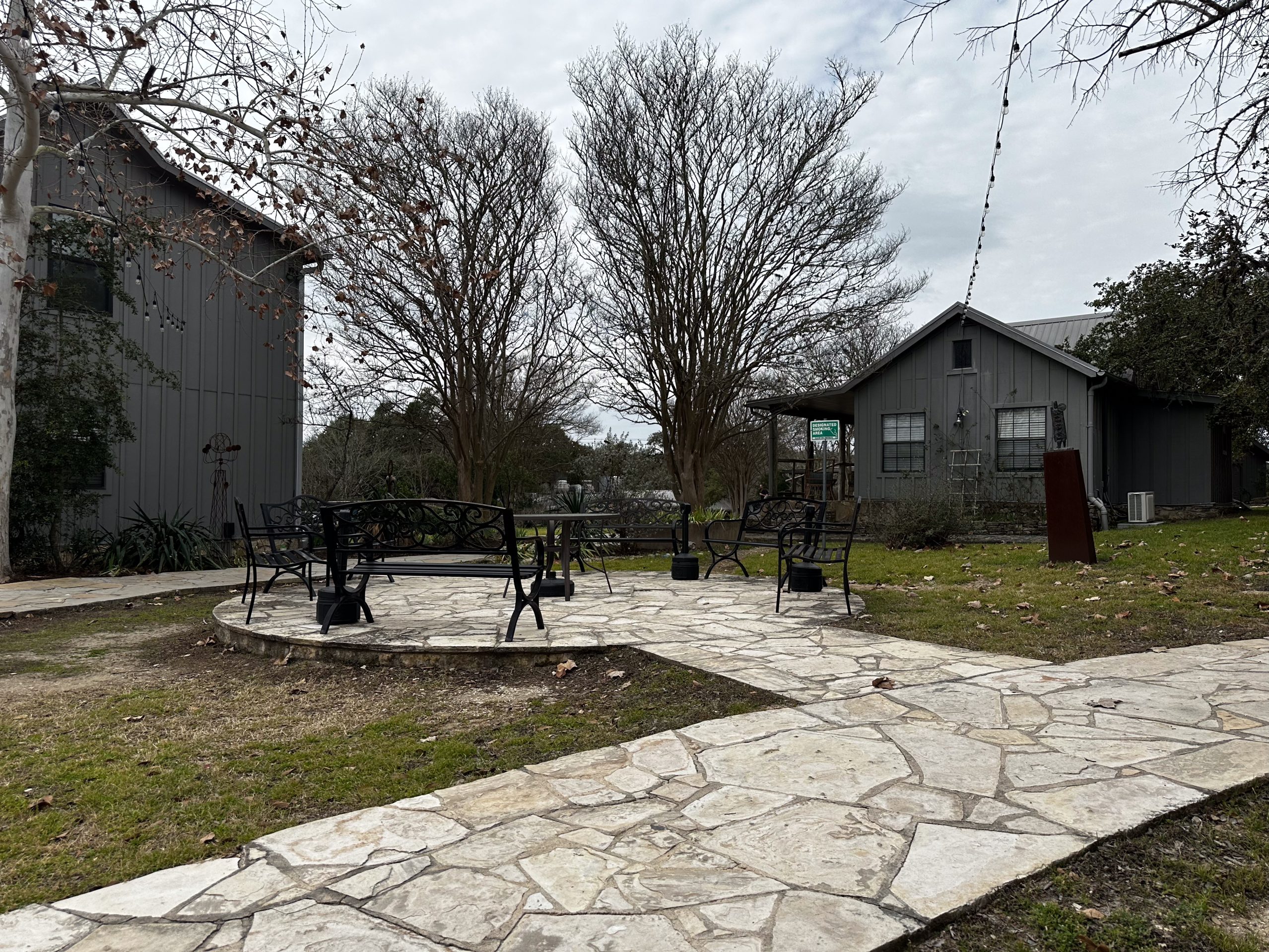
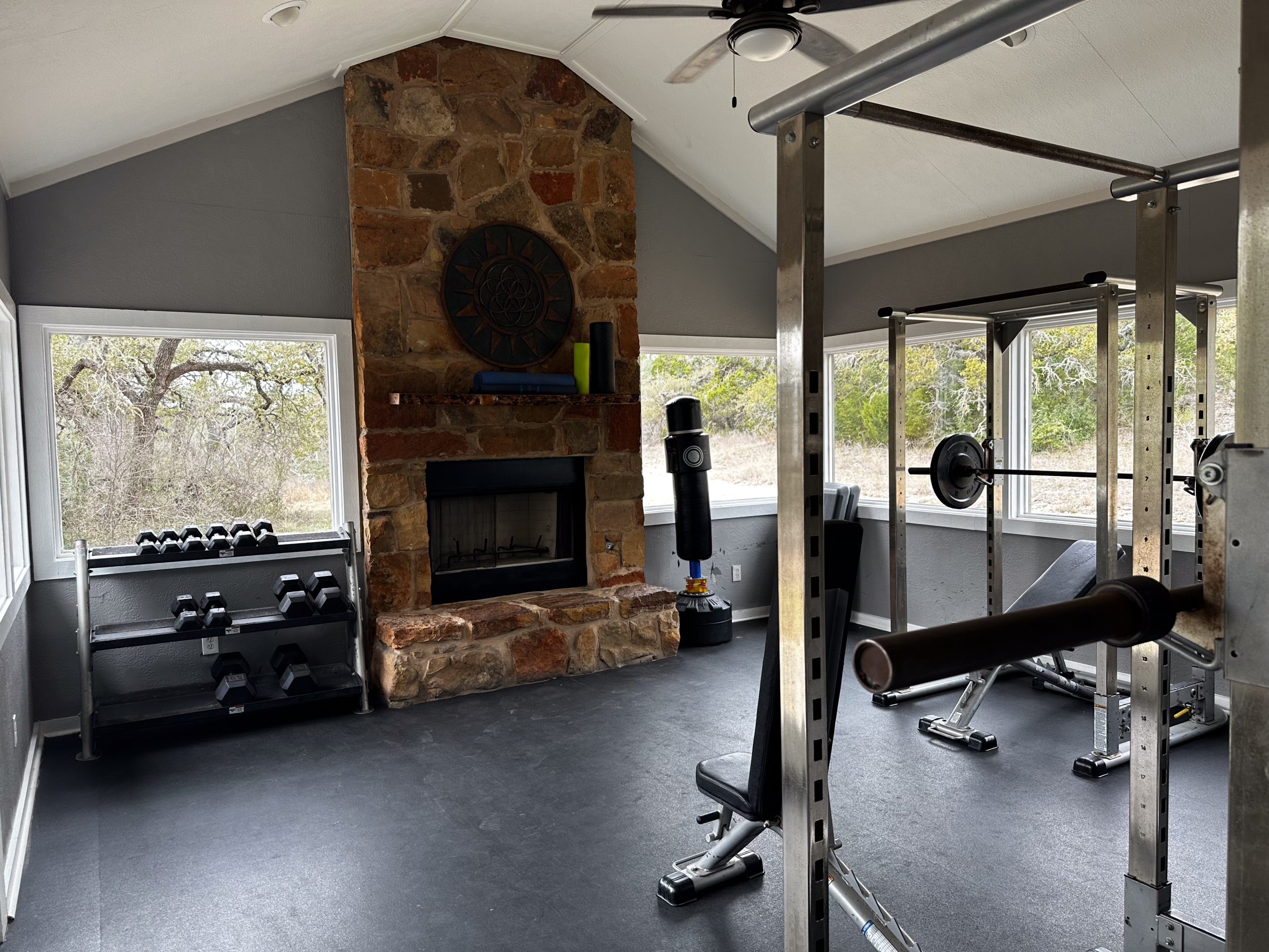
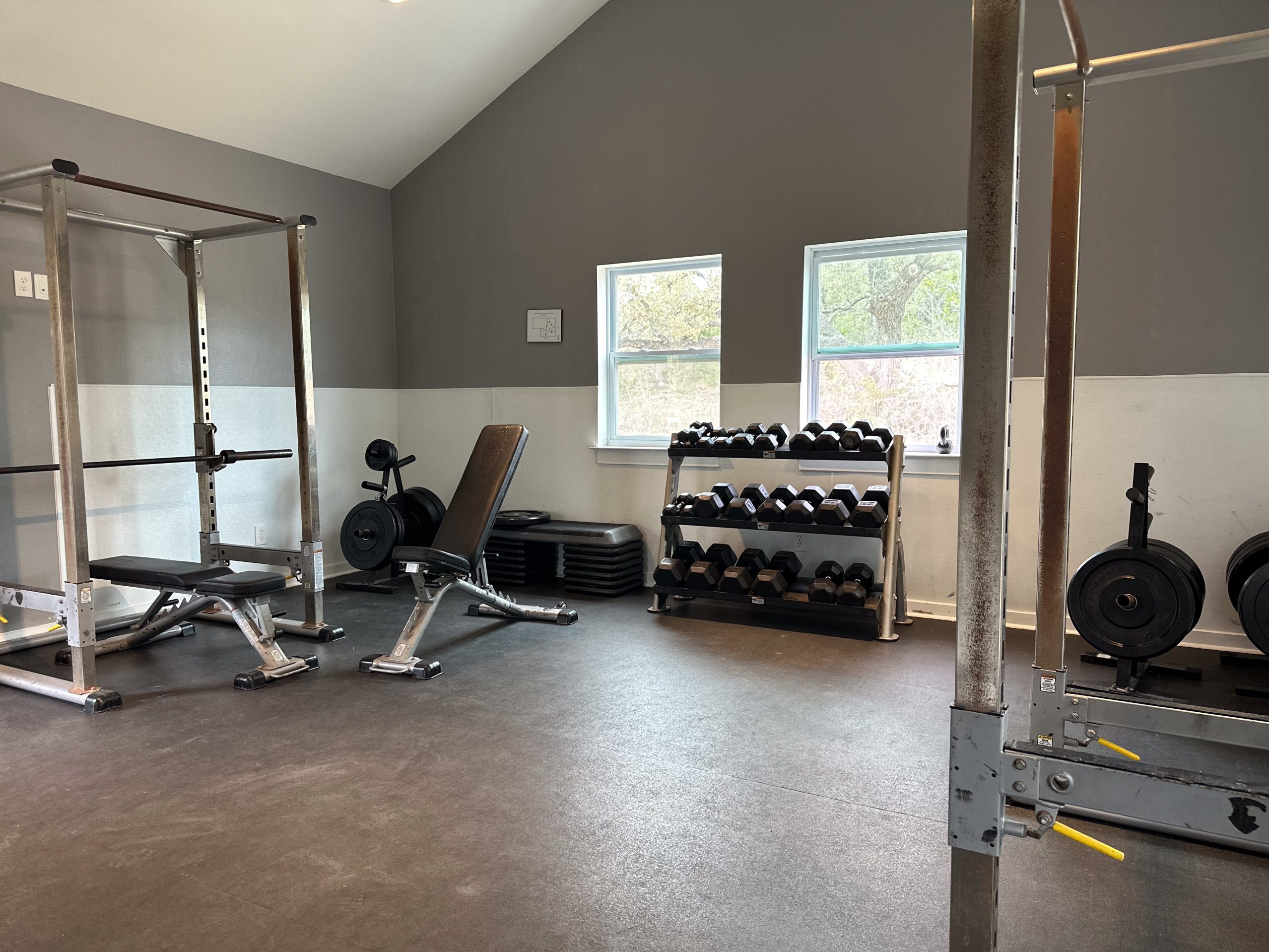
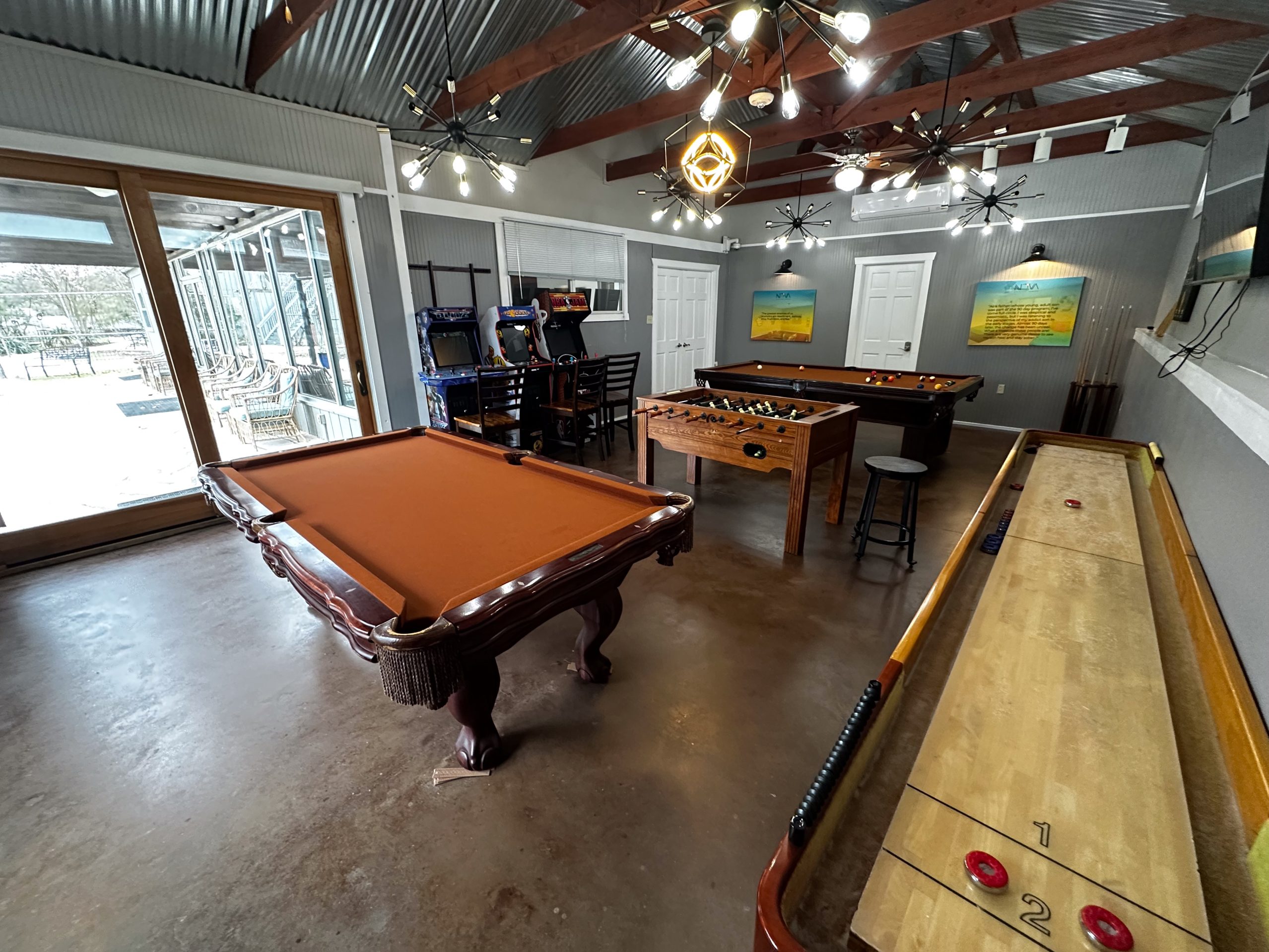
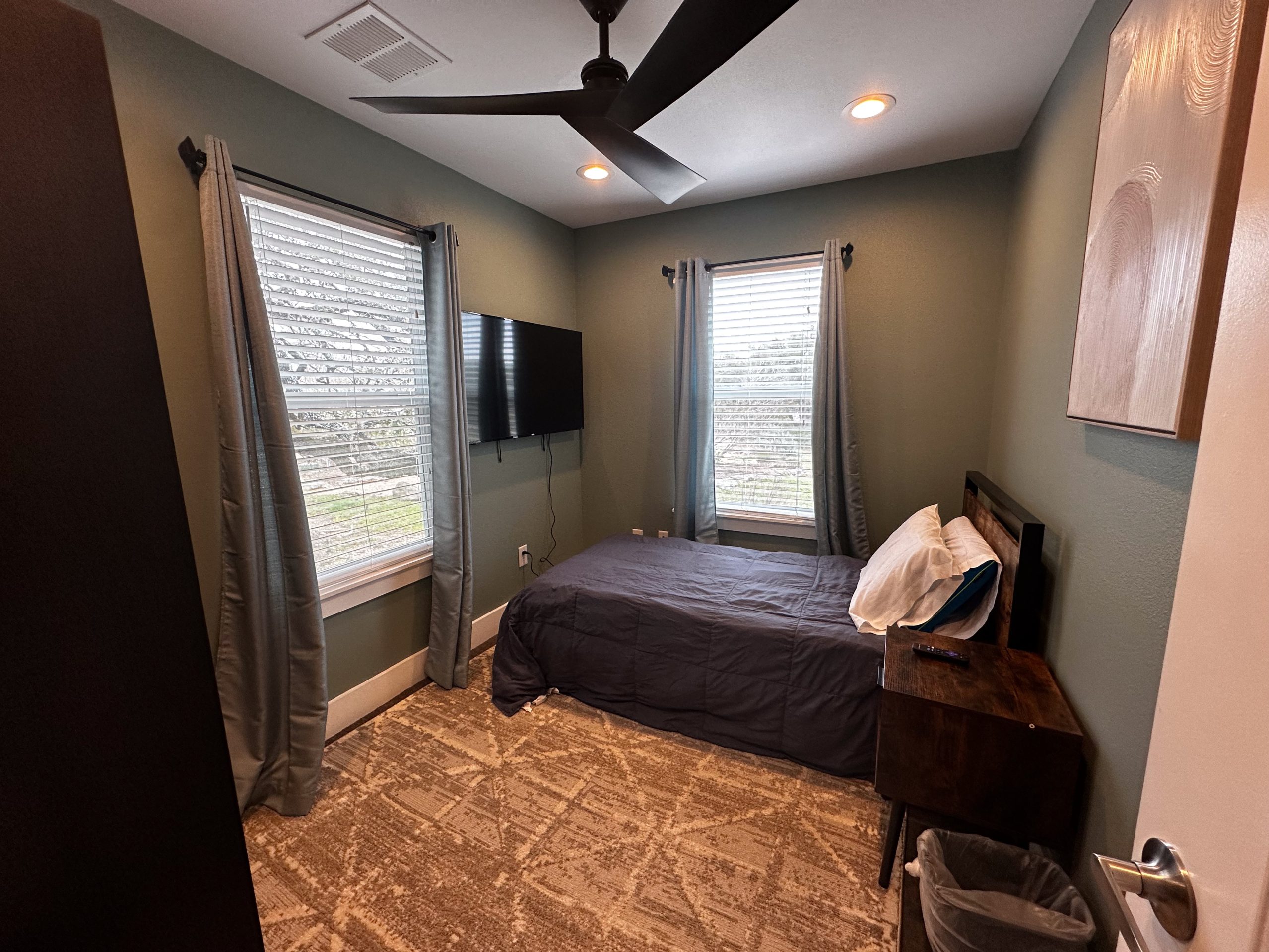

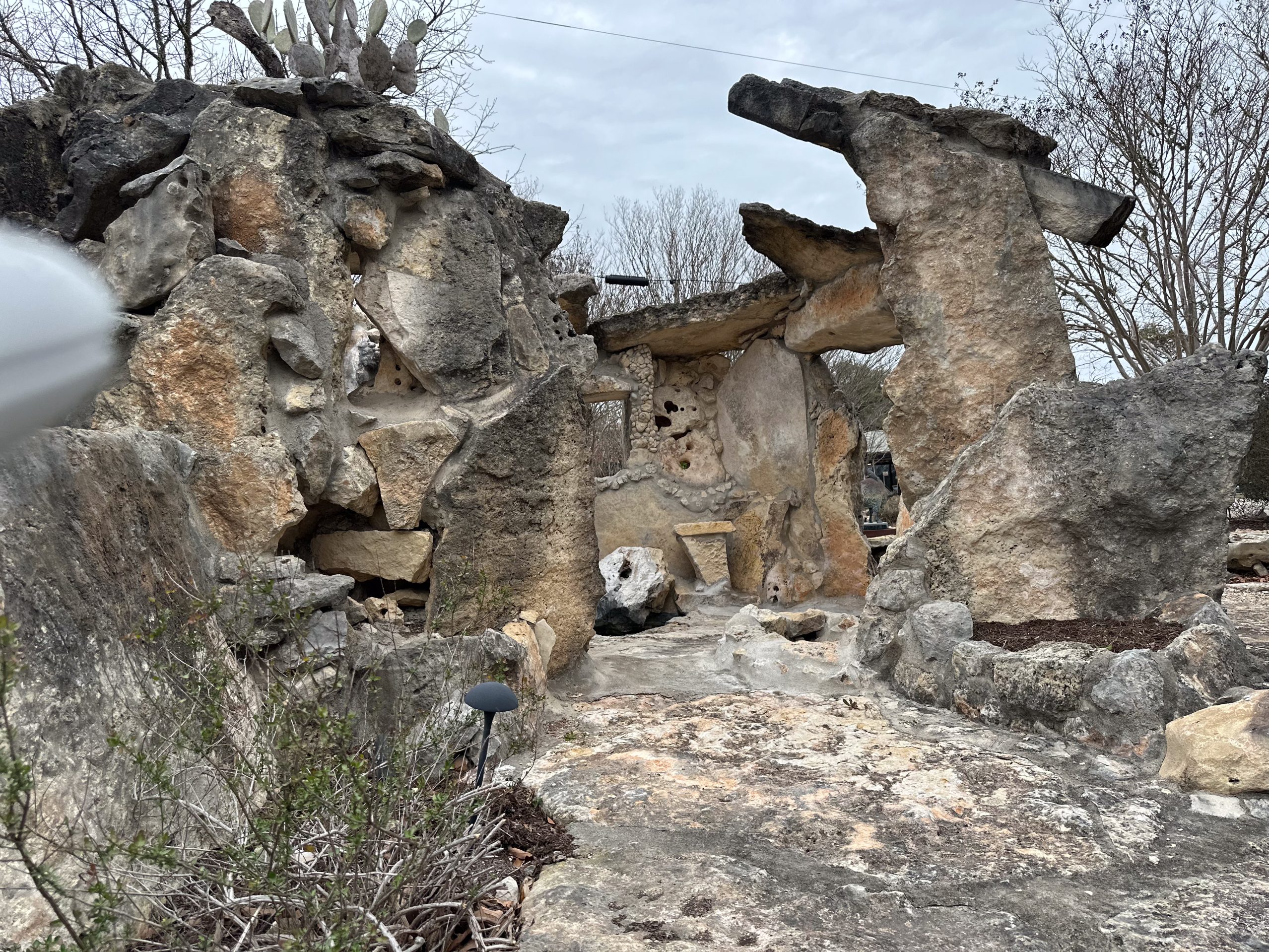
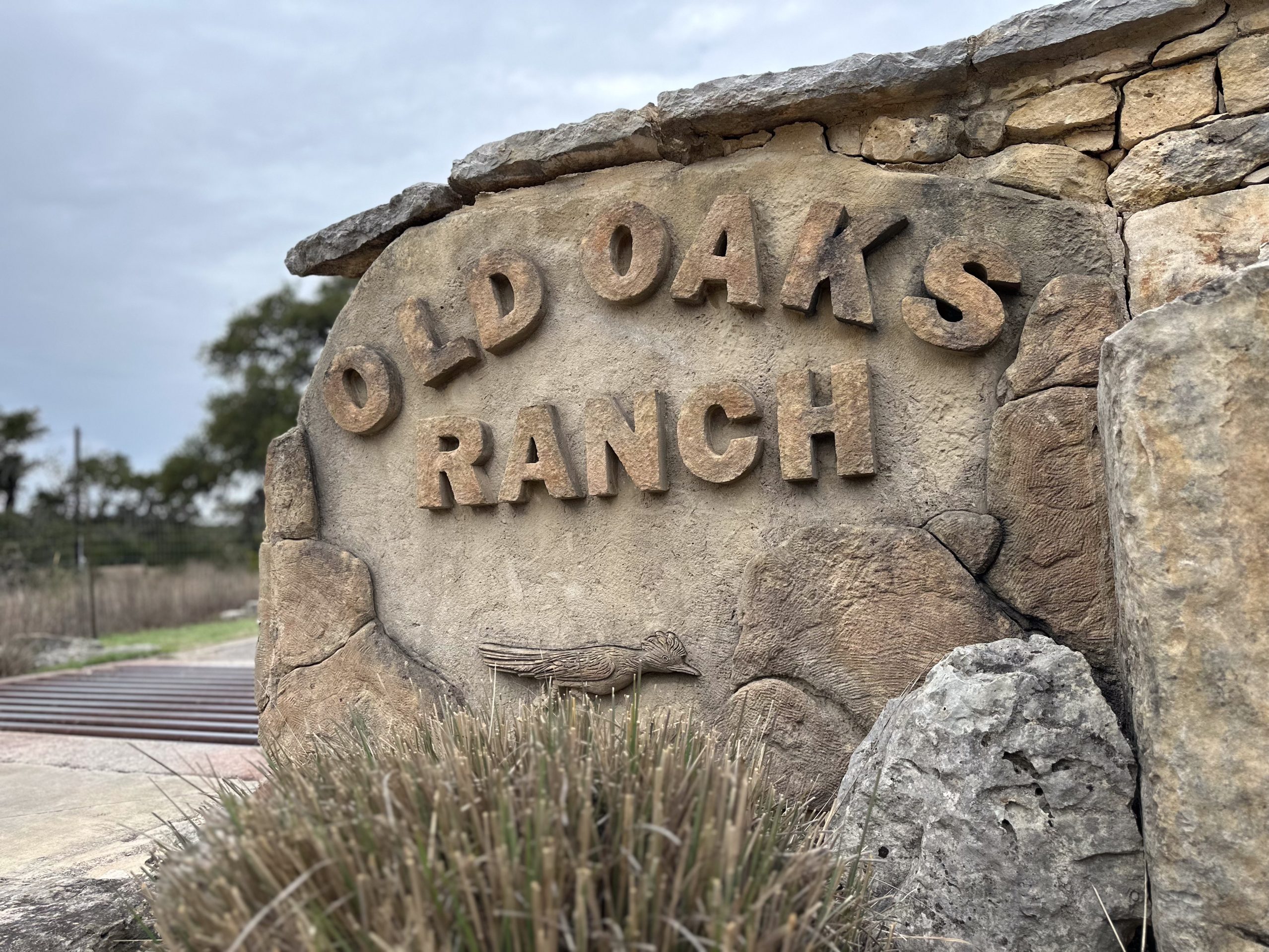
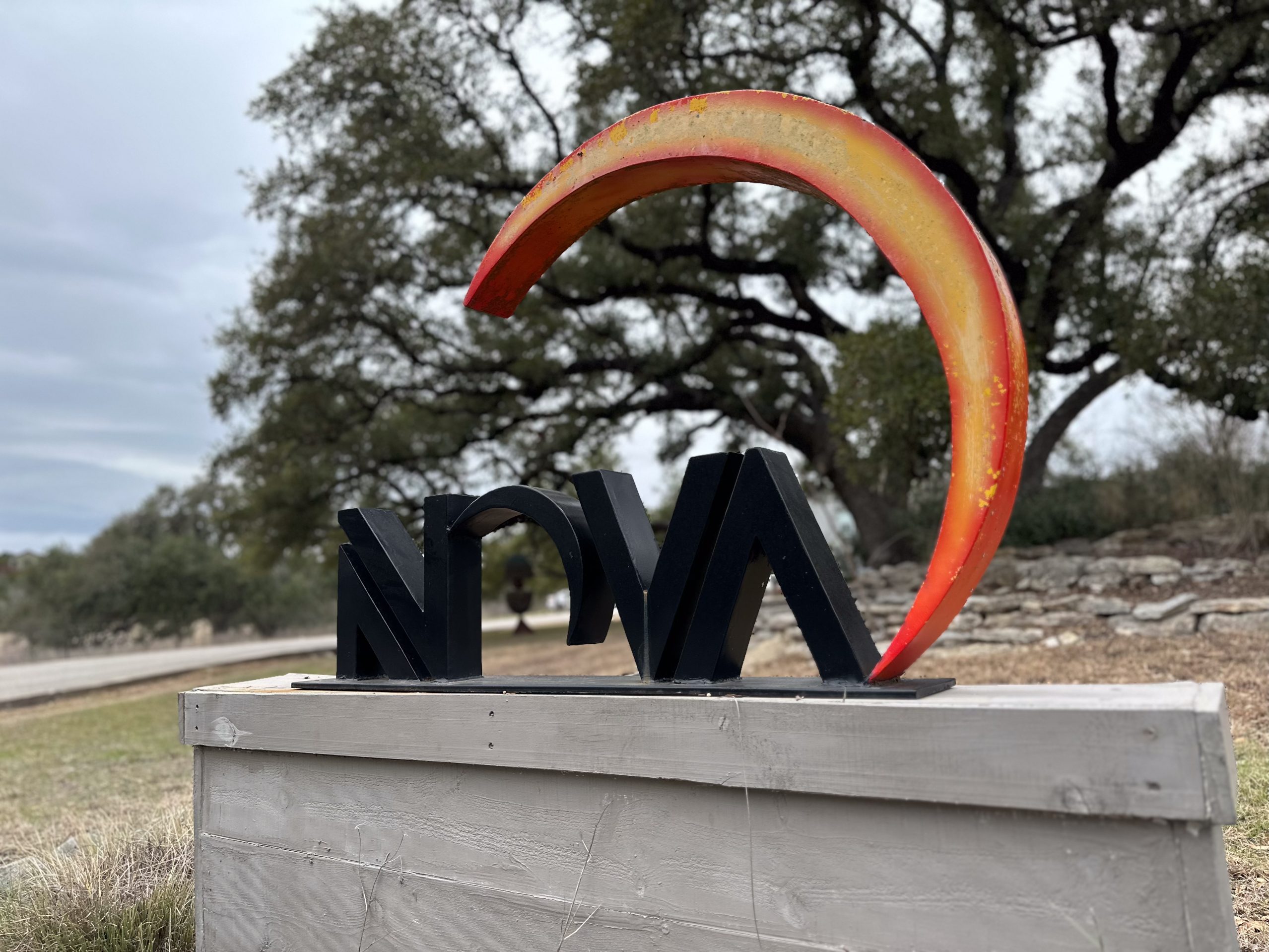
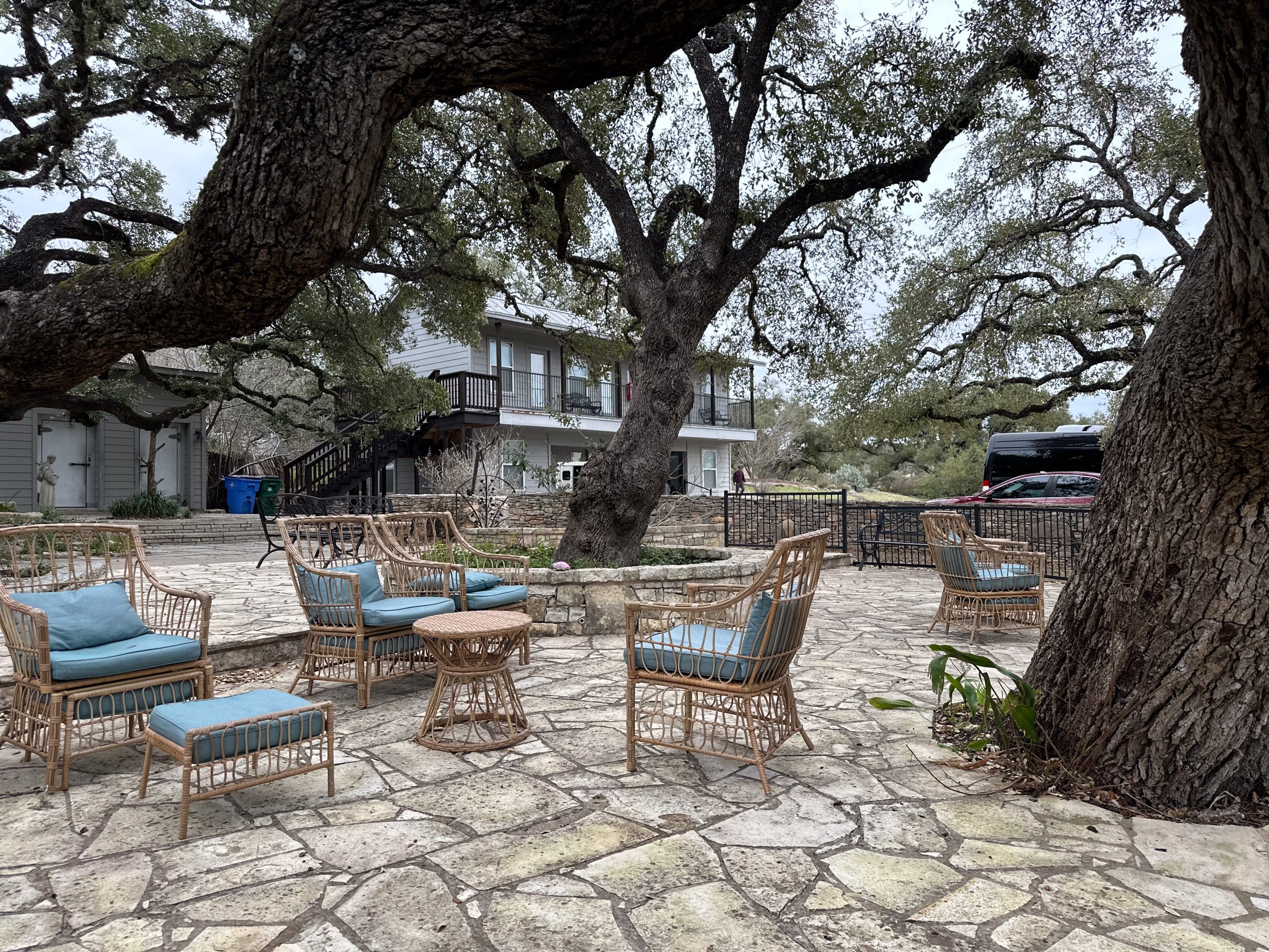
Is Clonidine Addictive?
Clonidine is not as addictive as opioids or benzodiazepines, but it can still lead to psychological dependence. Some individuals abuse clonidine alongside alcohol or opioids. This combination increases the effects of the primary drug and raises the risk of overdose.
Although not widely misused, clonidine addiction is possible. People who are already physically dependent on drugs may use clonidine to get high or manage withdrawal symptoms. Over time, they may develop a need for increasing doses, resulting in addiction.
How Common is Clonidine Abuse?
About 80% of people in drug detox programs are prescribed medications like clonidine. When taken as directed under medical assistance, it’s a safe and evidence-based treatment.
Problems arise when people misuse clonidine. They may take more than prescribed or mix it with substances like heroin or prescription drugs. This behavior can cause serious health issues, including irregular heart rate, drowsiness, and overdose.
Side Effects of Clonidine Abuse
Clonidine misuse can lead to a range of physical and mental symptoms, including:
- Headaches or dizziness
- Drowsiness and fatigue
- Constipation
- Dry mouth
- Depression
- Hot flashes
- Mood changes
- Irregular heartbeat
- Sexual problems
- Sleep problems like insomnia and nightmares
These side effects can impact your quality of life and make recovery more difficult.
Signs and Symptoms of Clonidine Addiction
If someone is misusing clonidine, you may notice:
- Taking larger doses than prescribed
- Being unable to stop using it
- Constantly thinking about how to get more
- Skipping work, school, or family time to use
- Feeling cravings
- Needing more clonidine for the same effect
- Experiencing withdrawal symptoms
These behaviors may signal a substance use disorder and should be addressed with professional addiction treatment.
Clonidine Detox and Withdrawal
Quitting clonidine suddenly can cause uncomfortable and sometimes dangerous clonidine withdrawal symptoms, such as:
- Anxiety and agitation
- Depression
- Nausea or vomiting
- High blood pressure
- Headaches
- Tremors
- Insomnia
These symptoms typically begin about 12 hours after the last dose. This is called the clonidine withdrawal timeline. The most intense symptoms usually last 1 to 7 days. Some may linger for a longer period of time, especially if other drugs were used as well.
Why Medical Detox Matters
Medical detox offers safe and supervised withdrawal. Professionals provide medical care to reduce symptoms and keep patients stable. It also reduces the risk of relapse.
If you’re struggling with clonidine misuse, a recovery program can support you with 24/7 monitoring, counseling, and a transition plan into further treatment.
Treatment for Clonidine Addiction
Successful treatment includes detox, therapy, and ongoing support. Most people benefit from:
- A structured treatment plan
- Counseling to develop coping skills
- Group and family therapy
- Peer support groups
Therapies used may include:
- Cognitive behavioral therapy (CBT)
- Talk therapy with a counselor
- Art therapy and music therapy to help express emotions
- Weekly therapy sessions with licensed professionals
More Time. More Joy. More You. Start Now.
WE ACCEPT MOST INSURANCES







Inpatient vs. Outpatient Treatment
You can choose from two main types of rehab programs:
Inpatient Drug Rehab:
- Live at the treatment facility
- Daily therapy and structured routine
- Access to mental health professionals
- Safe setting with 24-hour support
- Special programs like group therapy, music therapy, and art therapy
Outpatient Treatment:
- Live at home or in a sober living program
- Attend therapy part-time
- More flexibility for work or school
- Still receive professional care and support
Both options are designed to treat mental health disorders and substance use disorders. The right choice depends on your needs and situation.
Paying for Treatment
Costs vary based on services, location, and length of stay. Common payment options include:
- Insurance coverage
- Employee Assistance Programs
- Payment plans or credit
- Crowdfunding or HSAs
Many treatment facilities will verify your benefits and help you understand your financial options.
Continuing Care and Relapse Prevention
Staying sober after rehab takes continued effort. Many people benefit from:
Sober Living Programs:
- Drug- and alcohol-free housing
- Structured living with house rules
- Access to peer support groups
- Random drug testing
- Job and education help
Aftercare Programs:
- Weekly group check-ins
- Narcotics Anonymous or 12-step support
- Guidance for managing mental health conditions
- Tools to handle stress and cravings
These programs help individuals avoid relapse and make healthy life choices.
Freedom Starts Here. Take Back Your Life Today.
Same-Day Admissions in Austin Available.
The Role of Mental Health Support
Clonidine addiction often occurs alongside mental illnesses such as depression or anxiety. A dual-diagnosis approach treats both conditions together. Professionals use tools like the Diagnostic and Statistical Manual (DSM-5), also referred to as the Statistical Manual of Mental Disorders, to guide diagnosis and care.
Addressing underlying mental health issues ensures a better long-term outcome. Whether you need short- or long-term care, treatment can be personalized to your situation.
You Can Recover
Clonidine addiction is a serious but treatable health problem. With the right support, tools, and therapies, you can begin your recovery program and reclaim your life.
If you or someone you love needs help, contact Nova Recovery Center today. We’ll help you start your recovery journey with professional, compassionate addiction treatment tailored just for you.
Clonidine FAQs: Uses, Risks, and Detox Considerations
What is the drug clonidine used for?
Clonidine is prescribed to lower high blood pressure, but it is also used off-label to help manage symptoms of ADHD, anxiety, Tourette’s syndrome, and opioid withdrawal. In detox programs, clonidine can reduce sweating, hot flashes, and anxiety associated with withdrawal.
Is clonidine the same as Xanax?
No. Clonidine is a blood pressure and withdrawal management medication, while Xanax is a benzodiazepine prescribed for anxiety and panic disorders. Although both can calm the body, they act differently and carry unique risks.
What are the nursing considerations for clonidine?
When monitoring clonidine, nurses should check for low blood pressure, slow heart rate, dizziness, and sedation. Patients should be observed for withdrawal symptoms if clonidine is stopped suddenly, as abrupt discontinuation may cause rebound hypertension or severe discomfort.
Is clonidine a strong sleeping pill?
Clonidine is not a traditional sleeping pill. However, it may cause drowsiness as a side effect, which can make some people feel sleepy. It is not designed or recommended as a primary treatment for insomnia.
What is the generic name for Kapvay?
The generic name for Kapvay is clonidine. Kapvay is an extended-release formulation often prescribed for ADHD management.
Is Kapvay and clonidine the same thing?
Yes. Kapvay is a brand-name, extended-release version of clonidine, while clonidine is the generic drug available in different forms.
Is Kapvay still on the market?
Yes, Kapvay remains available by prescription in the United States. It is primarily used to treat ADHD and sometimes to support withdrawal management.
What is the generic name for Catapres?
The generic name for Catapres is clonidine. Catapres is commonly prescribed for high blood pressure and is sometimes used in detox programs to manage withdrawal symptoms.
What medications are used for opioid withdrawal?
Common medications include clonidine, buprenorphine, methadone, and lofexidine. These help reduce withdrawal symptoms such as anxiety, cravings, sweating, and restlessness.
What’s good for withdrawal symptoms?
Medical detox programs may use medications like clonidine to reduce discomfort, along with hydration, nutrition, counseling, and supportive care. Professional monitoring is recommended for safety.
